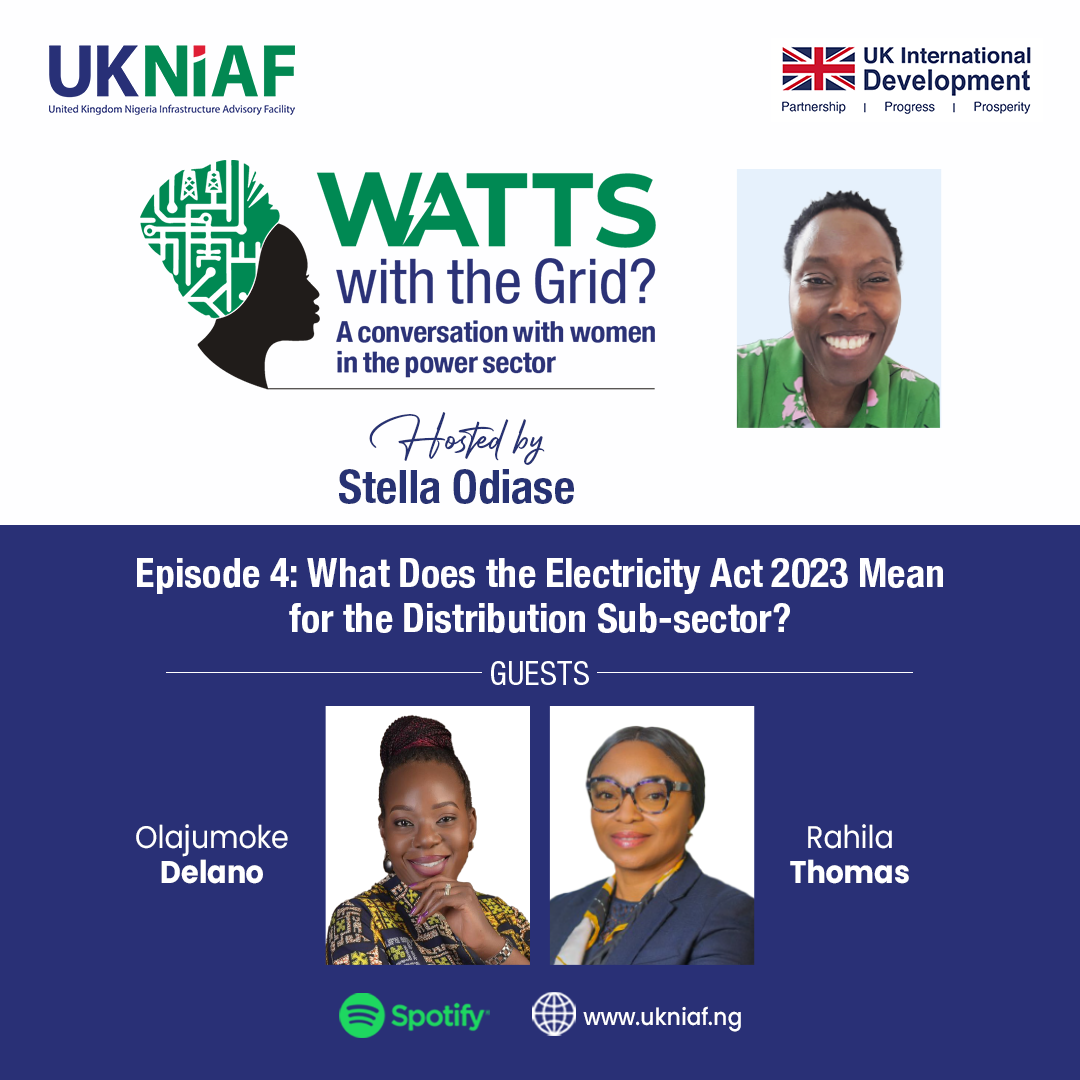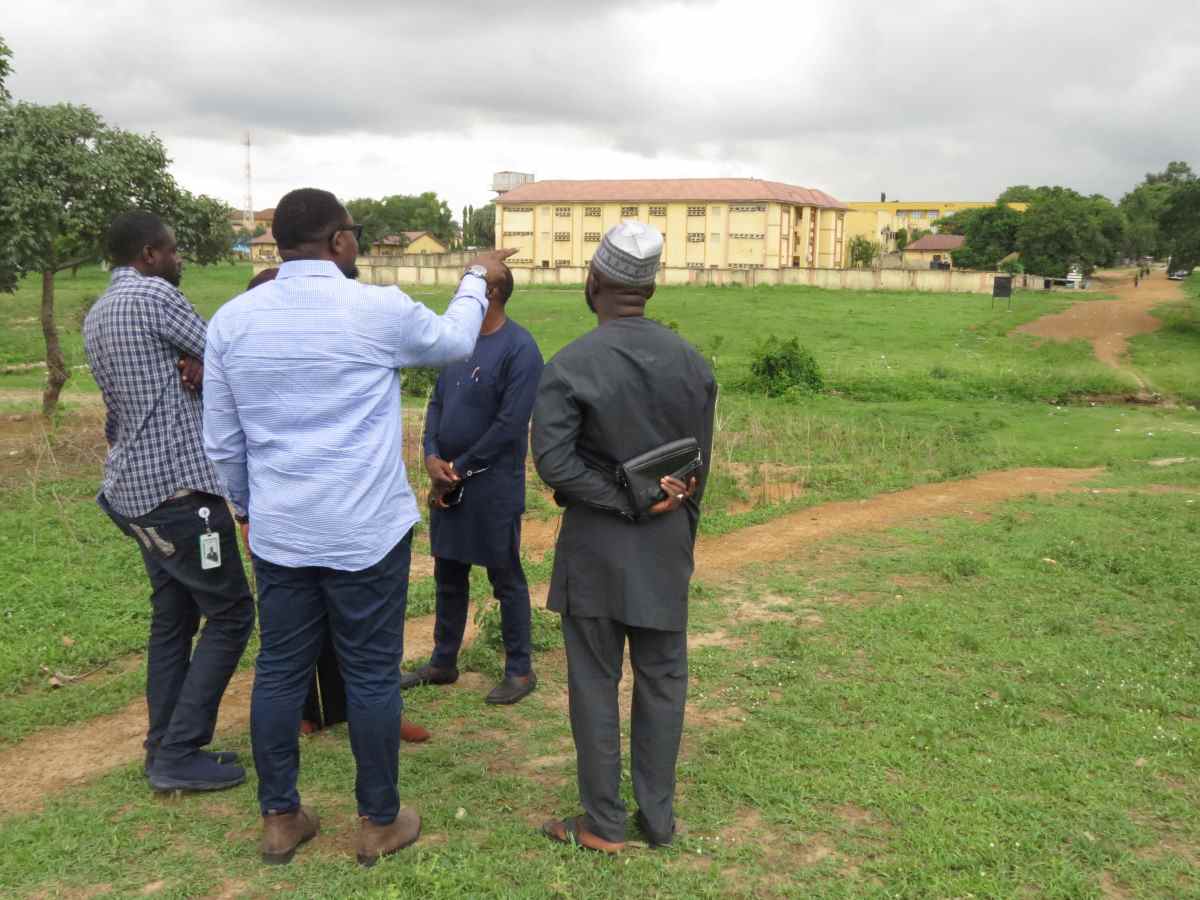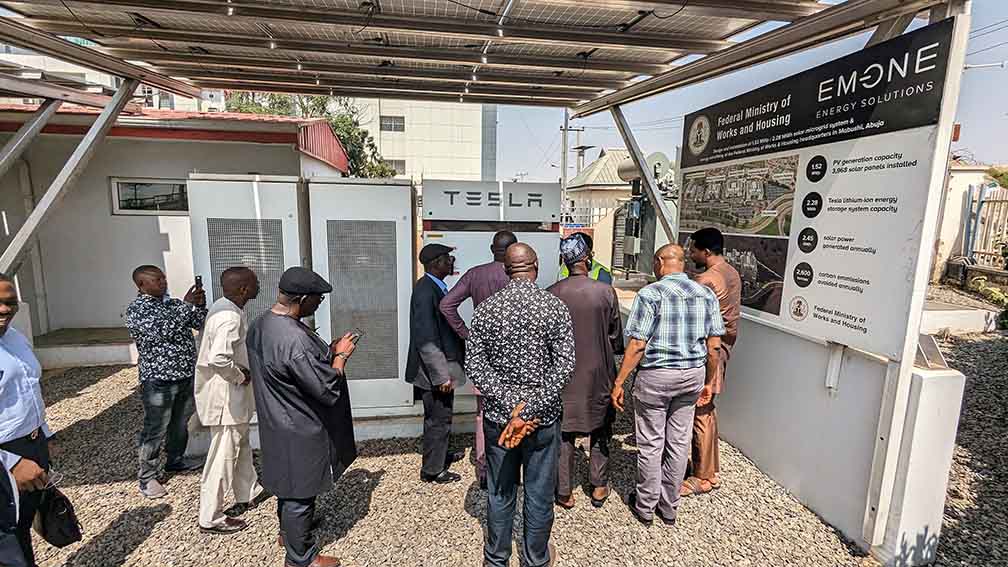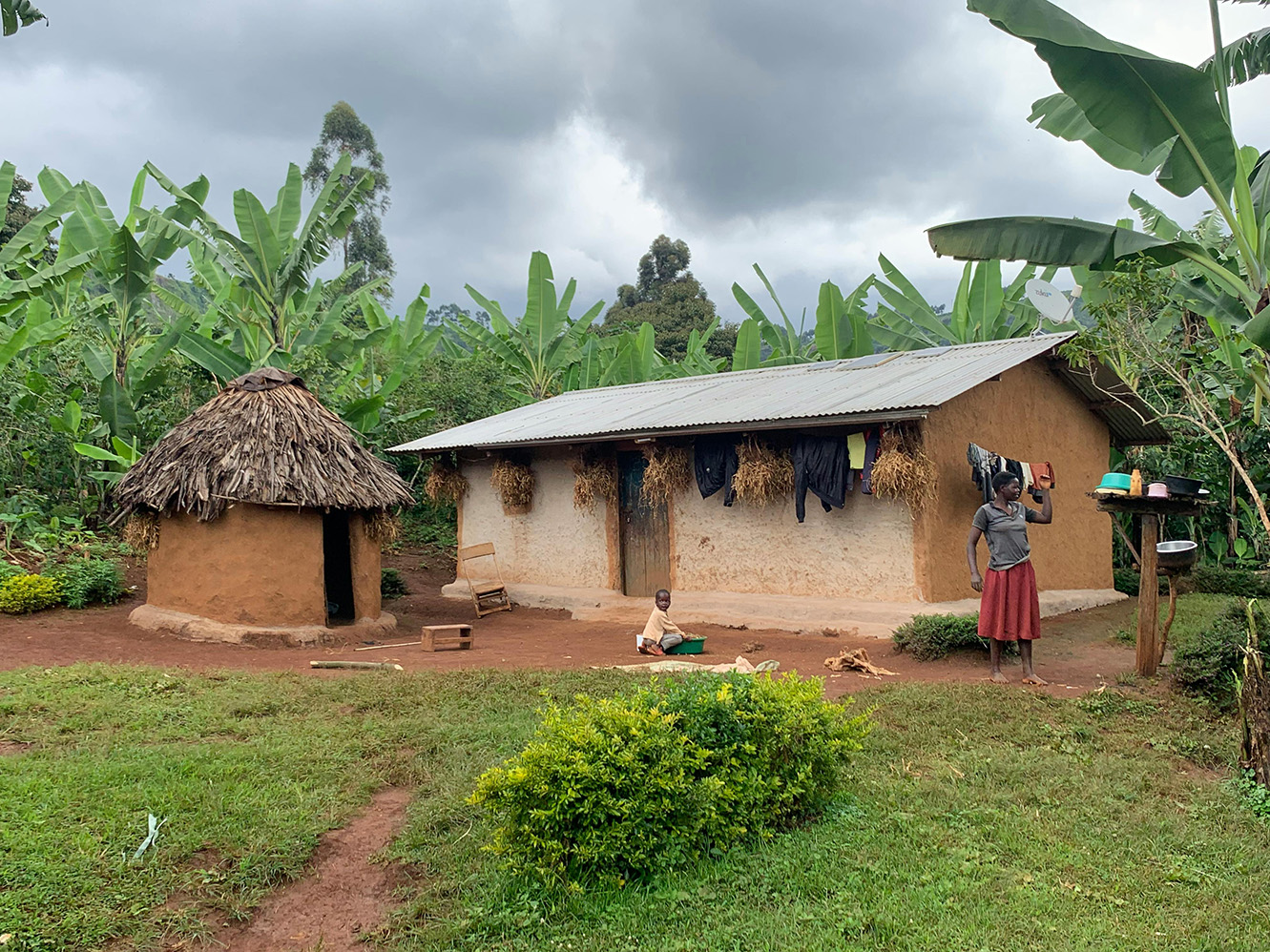UKNIAF has been designed as an ambitious ‘high-return’ programme to support improved conceptualisation, design, planning and implementation of resilient and inclusive infrastructure in Nigeria.
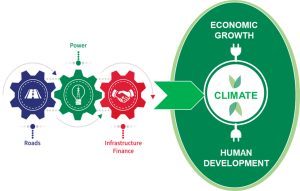 As with other complex environments, Nigeria’s macro-economic condition, the low capacity of institutions mandated to deliver infrastructure critical to growth and its changing political economy, place it as ‘high-risk’ for development programming. To ensure agile, timely and quality delivery of development outcomes while remaining accountable to the British taxpayer, UKNIAF’s ‘high-risk, high-return’ model inculcates a rigorous Adaptive Management framework.
As with other complex environments, Nigeria’s macro-economic condition, the low capacity of institutions mandated to deliver infrastructure critical to growth and its changing political economy, place it as ‘high-risk’ for development programming. To ensure agile, timely and quality delivery of development outcomes while remaining accountable to the British taxpayer, UKNIAF’s ‘high-risk, high-return’ model inculcates a rigorous Adaptive Management framework.
As an adaptive programme, the programme’s risk management takes a comprehensive approach towards risk identification, prevention and mitigation. The team’s engagement on risk is always about open and honest conversations while working closely with component teams, the various departments and management to ensure a shared understanding and appropriate mitigation plan for risks. In aid of this, the programme uses various tools such as the Risk Register, Adaptive Management and PEA Tracker, After Action Reviews, etc.
Having a strong finger on the pulse of the constantly changing political context and conducting rigorous Political Economy Analysis (PEAs) are therefore critical to achieving the programme’s outcomes as set out in the Logframe, especially as these inform and drive the programme’s technical delivery decisions. Identified PEA issues can often result in external context risks (this category of risk being UKNIAF’s most prevalent) which then require the programme to swiftly adapt its delivery approach to ensure it remains on course where possible or, in worst case scenarios, discontinue its intervention to avoid waste of tax-payer funds
For instance, one of the Power Component’s outcome indicators is the transition of Nigeria’s power sector to a medium-term electricity market with improved liquidity as measured by reduction in aggregate commercial and technical losses. A pathway through which the component seeks to achieve this goal is supporting Government entities and the Nigeria Electricity Regulatory Commission (NERC) to transition to a cost reflective electricity tariff regime. The implementation of the March 31st, 2020 tariff review, the Service-Based Tariff (SBT), as part of the planned gradual transition to cost-reflectivity, however, elicited widespread resistance by organised labour and other groups for both political and economic (resulting from socioeconomic effects of the COVID-19 pandemic) reasons. The Government had to suspend the SBT implementation while setting up a committee to engage the organised Labour Unions in order to assuage their concerns. With a growing liquidity shortfall, the GoN could not afford to continue to subsidise the power sector. As an adaptive programme and to adequately mitigate the emerging risks, the programme conducted a PEA of the situation. With the PEA findings, UKNIAF identified the misstep of strategic communication. UKNIAF adapted its delivery strategy and established an intervention to support NERC’s strategic communications around the justification for the tariff increase, customer classes affected and implications for electricity services.


